The Chemical Safety Library (CSL), a public database of hazardous chemical reactions launched in March 2017, is struggling to stay afloat and seeking partners to help it keep going.
The CSL was set-up by the US non-profit Pistoia Alliance and is a place for researchers to share and check important lab safety information, with the aim of preventing repeat chemical incidents. However, the project has met significant resistance almost since its inception. Some industry representatives worried that their chemical reactions constitute trade secrets that need to be protected rather than publicised, and some in academia and elsewhere were concerned about the possible legal repercussions of admitting to mistakes in the lab.
‘Our community experiment, assuming we don’t raise any further money, will sort of end at the end of this year,’ says Carmen Nitsche, a business development consultant for the Pistoia Alliance, after making a presentation at the 256th meeting of the American Chemical Society (ACS) in Boston, US. ‘Right now, we are looking for a strategic partner that will help us sustain the effort,’ says Nitsche, a member of the ACS’s chemical information division, and its chemical health and safety division.
She suggests that the ACS would be an ideal candidate for such a partnership as it has a membership of about 160,000 chemists in more than 140 countries, and the organisation has proclaimed safety one of its core values. Talks between Pistoia and the ACS are ongoing.
Since its launch, over 1000 people have registered to access the CSL’s database. Pistoia, which is an alliance of life science and life science support companies, initially pre-populated the system with about 25 chemical incidents, and that figure has increased four-fold. The database now contains 138 chemical reactions that have mostly come from Pistoia’s industry members.
Pistoia has now made the CSL information available in the US National Institutes of Health’s database of chemical compounds, PubChem. ‘PubChem now has a specific section devoted to the CSL data,’ Nitsche says. ‘We deposited it into PubChem so even if the CSL disappears, everything that we have captured is available.’
Pistoia’s experience in creating and trying to grow the CSL has demonstrated the significant challenges associated with a community-based approach to sharing data, especially information about chemical safety. ‘There is continued interest in the collection of this information, but getting people to actually contribute is like pulling teeth,’ Nitsche tells Chemistry World. ‘Start with inertia, add to it the concern I am going to get in trouble and then add to it general anti-collaborative instincts.’
Nevertheless, she remains optimistic. ‘It is the right thing to do, and I think at some point we will get there – I just don’t know if it’ll be within the scope and timeframe of this project.’




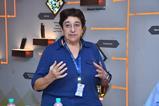
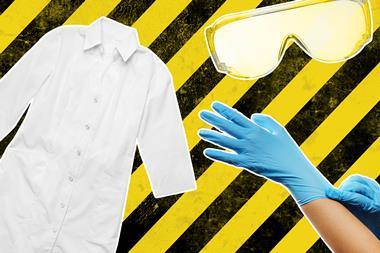

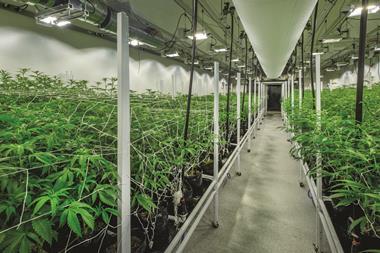
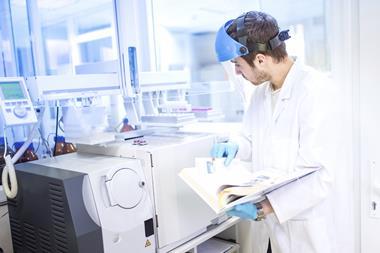

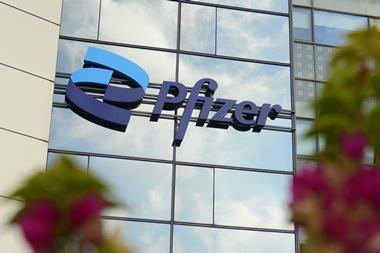


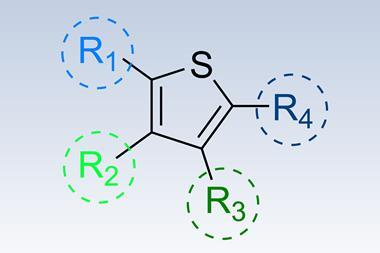
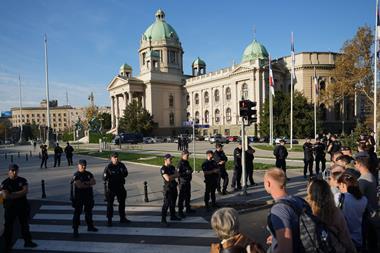
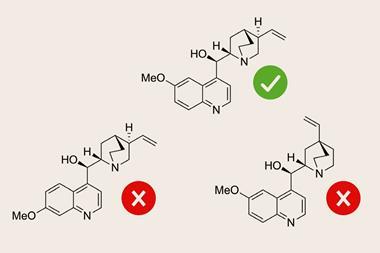

No comments yet